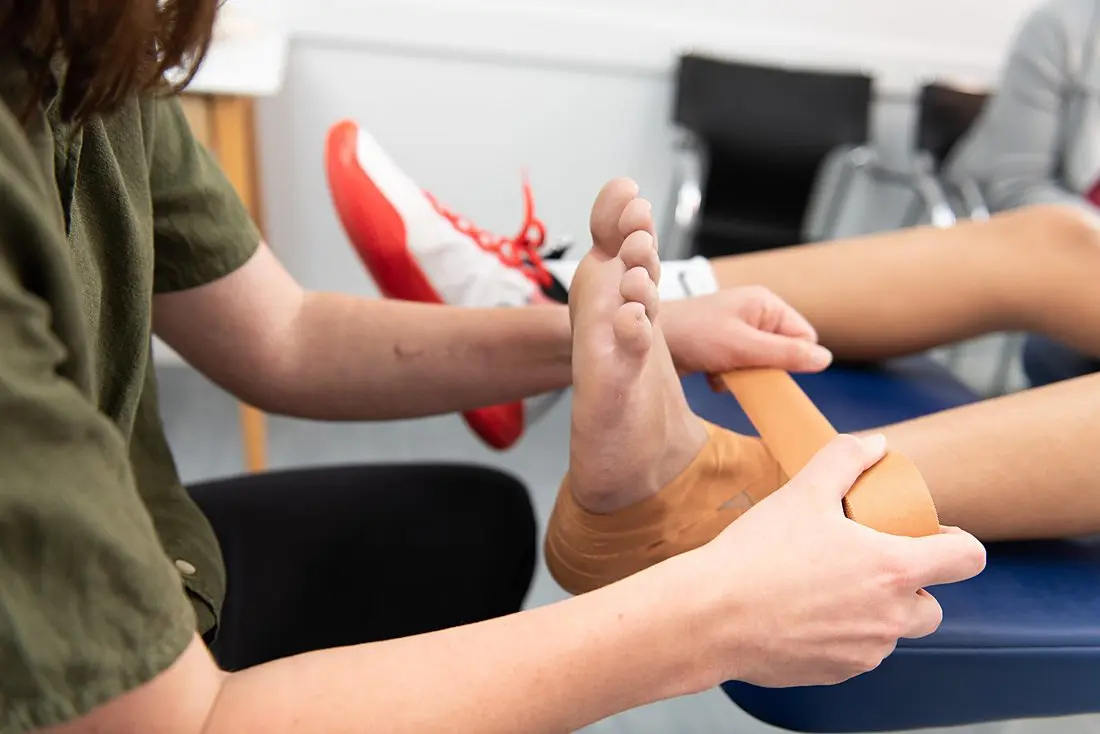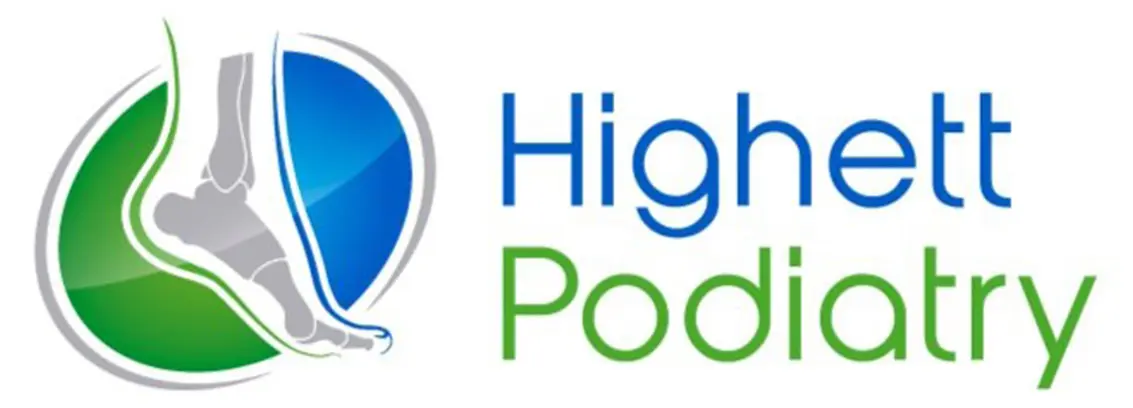LisFranc Injury

Cause
Lisfranc injuries can be classified into 3 categories:
Sprains – The Lisfranc ligament and other ligaments on the bottom of the midfoot are stronger than those on the top of the midfoot. Therefore, when they are weakened through a sprain (a stretching of the ligament), patients experience instability of the joint in the middle of the foot.
Fractures – A break in a bone in the Lisfranc joint can be either an avulsion fracture (a small piece of bone is pulled off) or a break through the bone or bones of the midfoot.
Dislocations – The bones of the Lisfranc joint may be forced from their normal positions.
Symptoms
- Swelling of the foot
- Pain throughout the midfoot when standing or when pressure is applied
- Inability to bear weight (in severe injuries)
- Bruising of the arch or on the top of the foot
- Abnormal widening of the foot
Your podiatrist will take a thorough history as well as a physical examination to determine location of pain and see what symptoms are present. Imaging may also be required and as some lisfranc injuries do not show up on a plain film x ray and you may be sent for an MRI.
Treatment
- RICE (rest, ice, compression, elevation)
- Immobilisation usually with a CAM walker
- Anitinflammatory medications
- Surgery in severe cases where rest and immobilisation are ineffective
Treatment will usually involve a series of the above methods. A personalised training plan to keep you dancing where possible and allow for conditioning work to continue to get you back to your pre-injured state as soon as possible will also be tailored by our dance podiatrists.
Always Consult A Trained Professional
The information in this resource is general in nature and is only intended to provide a summary of the subject matter covered. It is not a substitute for medical advice and you should always consult a trained professional practising in the area of medicine in relation to any injury or condition. You use or rely on information in this resource at your own risk and no party involved in the production of this resource accepts any responsibility for the information contained within it or your use of that information.
